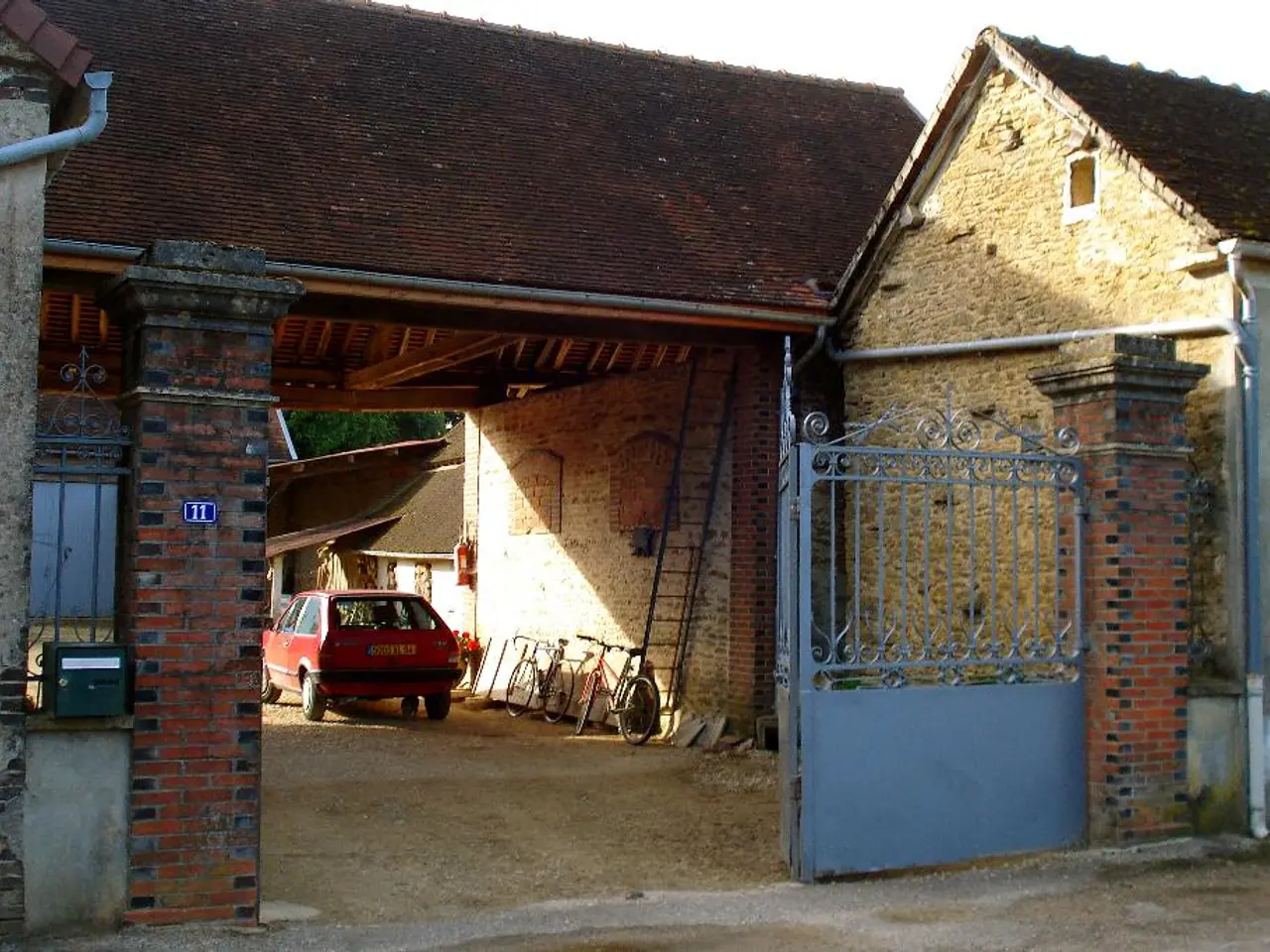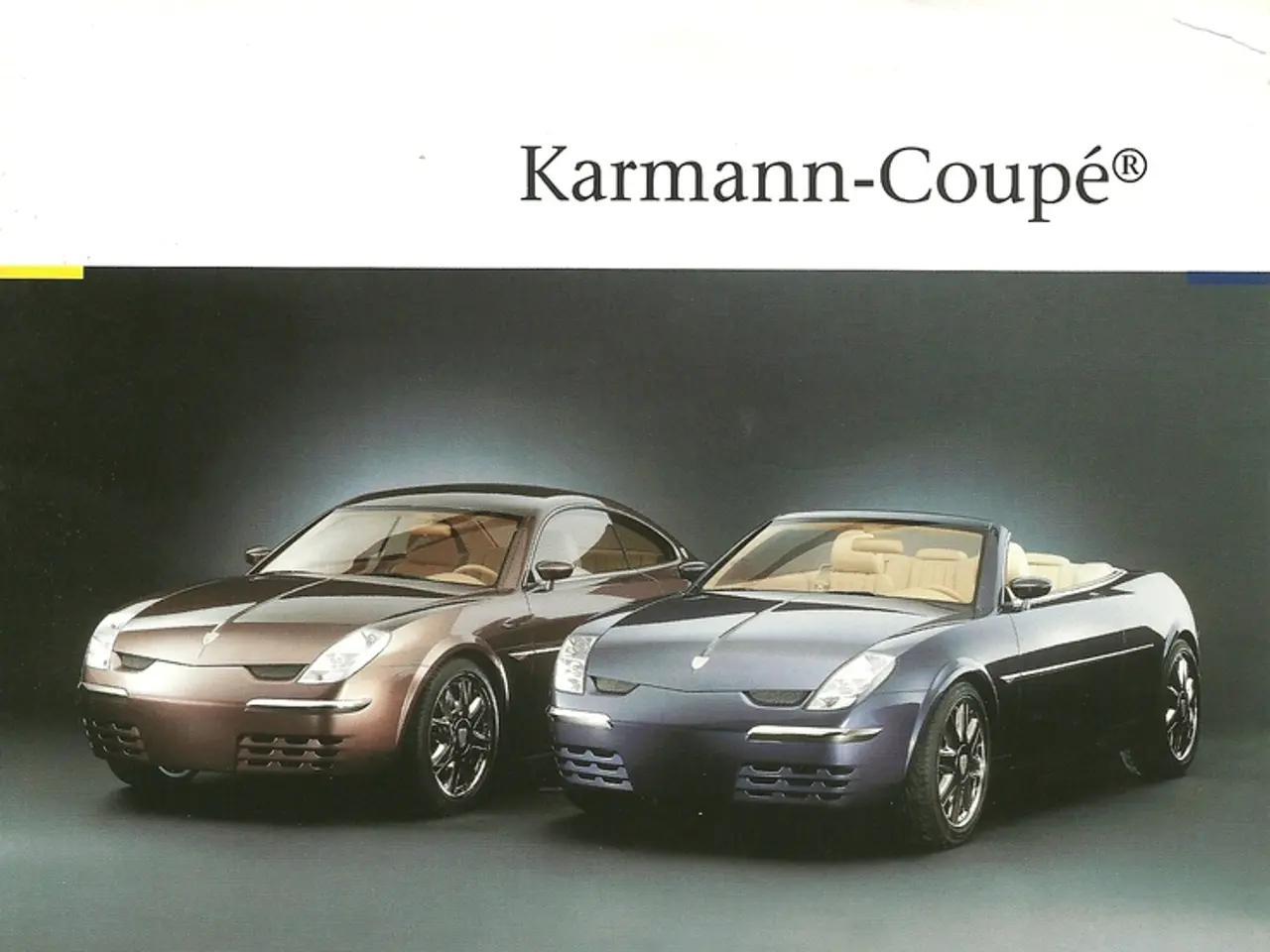Innovation in Energy: Exploring Alternative Energy Sources
In the face of growing concerns about energy dependency on Russia, Germany is looking to liquefied natural gas (LNG) as a stopgap in its energy mix. With four LNG terminals and the potential to supply LNG from France, Germany is exploring alternative sources to reduce its reliance on Russian gas [1].
Qatar is significantly expanding its LNG production, making it a potential major supplier for Germany. Meanwhile, the US, Australia, and the U.S. are among the world's largest LNG exporters, with Cheniere, headquartered in Texas, being the largest LNG producer in the U.S. Cheniere operates an LNG export terminal with six liquefaction units and has seen its stock price double in a year [2].
Germany's gas storage facilities were 66.8% full as of late July and could potentially reach 90% by November 1st. This increased storage capacity, combined with LNG imports, could help Germany achieve energy independence from Russia [3].
Germany is working on building LNG terminals in Wilhelmshaven, Brunsbüttel, Stade, and Rostock to facilitate the import and distribution of LNG across Europe [4]. The EU's AggregateEU process, which matches LNG supplies with demand, could help secure stable, competitive LNG deliveries for Germany.
Investment opportunities related to LNG in Europe include building additional LNG import terminals, developing pipeline interconnectors, investing in infrastructure upgrades, and engaging in joint ventures or projects with US LNG suppliers [1][2][4]. The EU-US trade agreement, committed to procure significant US LNG volumes and invest in related infrastructure and technologies through 2028, presents a significant long-term demand and investment flow [2].
Europe must reorganize its energy supply due to potential Russian gas disruptions. While Germany cannot quickly replace Russian gas through renewables alone, boosting LNG imports is a critical bridging strategy [3]. The EU as a whole is actively working to end Russian energy imports by 2027, with measures including enhanced renewable deployment, energy efficiency improvements, and building diverse gas supply routes [1].
In the medium to long term, Europe is also exploring projects like the development of green hydrogen capacities in Southern Europe, such as the Iberian Peninsula, to diversify energy sources [4].
References: [1] European Commission. (2021). European Green Deal: RePowerEU. Retrieved from https://ec.europa.eu/info/strategy/priorities-2020-2024/europe-green-deal/actions/repowereu_en
[2] White House. (2021). Fact Sheet: The United States-European Union Trade and Technology Council. Retrieved from https://www.whitehouse.gov/briefing-room/statements-releases/2021/06/15/fact-sheet-the-united-states-european-union-trade-and-technology-council/
[3] European Commission. (2021). Energy Prices: A European Perspective. Retrieved from https://ec.europa.eu/info/publications/energy-prices-european-perspective_en
[4] International Energy Agency. (2021). Iberian Peninsula to become European hydrogen hub. Retrieved from https://www.iea.org/news/iberian-peninsula-to-become-european-hydrogen-hub
The industry is collaborating to build LNG terminals in Germany, which could potentially serve as gateways for importing LNG from various countries, such as Qatar, the US, and Australia. In the medium to long term, Europe is considering the development of green hydrogen capacities in Southern Europe, including the Iberian Peninsula, as a means to diversify its energy sources beyond finance-intensive LNG imports.




